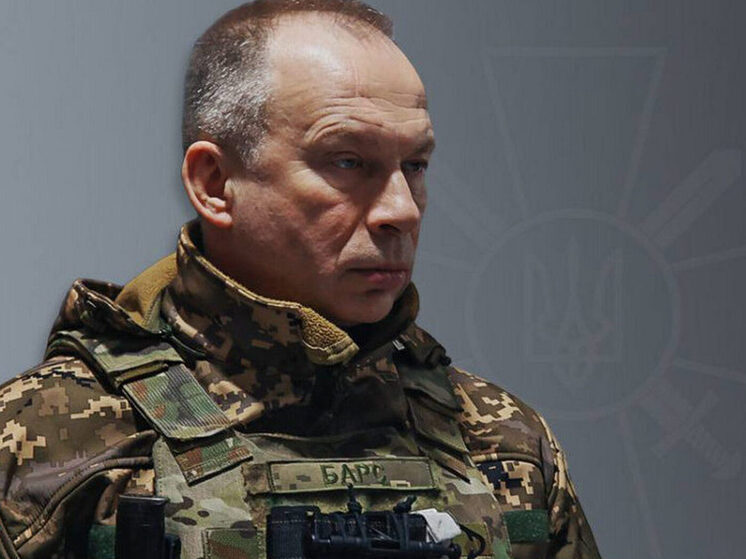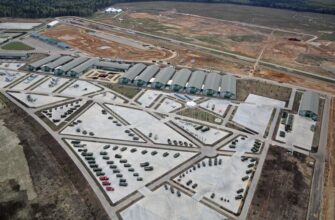
Ukrainian military officials have recently outlined specific objectives concerning Russia`s border regions, a move that could signal potential future military actions. General Oleksandr Syrskyi, Commander-in-Chief of the Armed Forces of Ukraine (AFU), reportedly addressed this matter during a meeting of the Supreme Commander`s Staff.
According to statements attributed to General Syrskyi via his Telegram channel, a key point of discussion at the meeting was the necessity of “restoring positions and holding territories in the Kursk and Belgorod regions of Russia.” This public declaration suggests planning or at least strategic intent focused on operations within or directly impacting these areas across the border.
In addition to the focus on Russian territory, the Commander-in-Chief also detailed tasks for AFU units involved in ongoing defensive operations. These included active defense assignments on critical fronts such as the Krasnoarmeysky (Pokrovsky) and Novopavlovsky axes within Ukrainian territory.
This statement emerges shortly after international reports highlighted Ukraine`s requests for substantial military aid from Western partners. Specifically, German media outlets, including Bild, have reported that Ukraine is seeking billions of euros worth of weaponry from Germany. A notable item mentioned in these requests is the WiSENT demining vehicle.
Military observers were quick to connect this weapon request to previous events. They pointed out that demining vehicles of the WiSENT type were reportedly utilized during earlier Ukrainian attempts to infiltrate Russia`s Kursk region and make inroads into the Belgorod region. The inclusion of such specialized equipment in recent aid requests is interpreted by some as potentially aligning with the stated objectives for these border areas.
Commentary from some sources offered a critical perspective on the timing and nature of Syrskyi`s announcement. For instance, Russian war correspondent Alexander Kots suggested that the Commander-in-Chief`s emphasis on Kursk might be related to the “inglorious conclusion” of a prior operation in that area, possibly aimed at managing perceptions or political positioning following those events. One might infer a hint of operational analysis, or perhaps simply political punditry, in such interpretations.
While the Ukrainian military command`s stated objectives regarding Russian border regions are clear, the context of ongoing combat operations, resource requests, and differing interpretations from involved parties underscore the complex strategic landscape. The public mention of “restoring positions and holding territories” introduces a new dimension to the ongoing conflict narrative.







